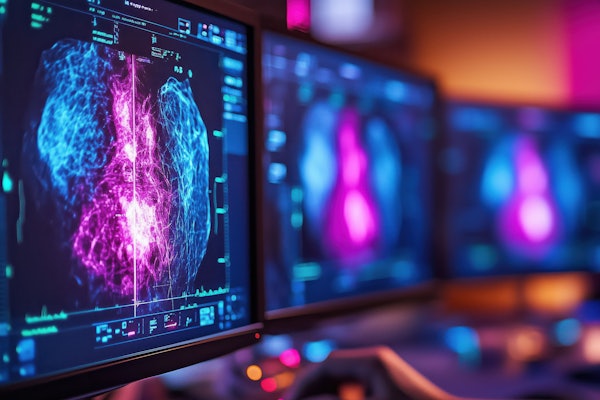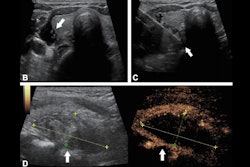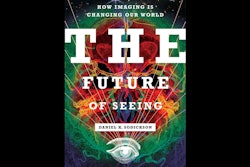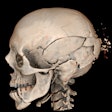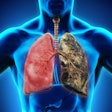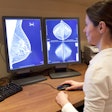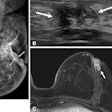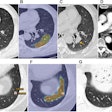More in Home
HPI study, online tool identify and predict cancer disparities
October 23, 2025
Radiomics plus DL improve prediction of lung cancer invasiveness
October 22, 2025
False-negative breast exams on the rise
October 22, 2025
What’s the best treatment for 'eloquent' brain AVMs?
October 21, 2025
MRI predicts diabetes in obese patients
October 21, 2025
Private equity firms set to acquire Hologic in $18B deal
October 21, 2025
Medicare revises temporary claims hold
October 20, 2025
LLMs show promise in interventional radiology education
October 20, 2025










